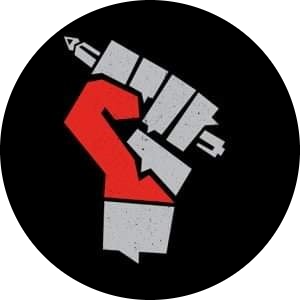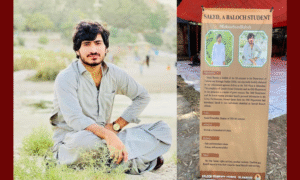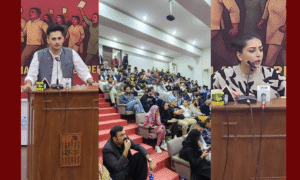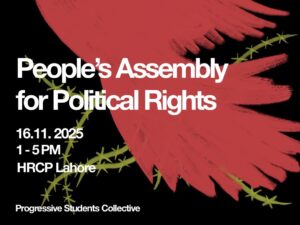Umar Mehsud
Political, legal, and social exploitation of women is nothing that is unheard of, but in the Pashtun society, it is more rampant. Whether during the British colonial rule or after the Afghan war, women’s exploitation continued throughout. Social attitudes towards women such as gender-based discrimination, sexual harassment, dowry, domestic violence, honor killings, and economic freedom for women, the right to inheritance, and equal rights and privileges in the workplace have always been worse. In the hindsight lies the significant role of tribal elders also known as Malakian. For instance, One Malak reportedly said that they do not want women to dominate them, and “the presence of women in the jirga is against Islamic values”. One look at the past shows that these tribal elders (Malakan) have committed many crimes of gender exploitation in the name of religion, culture, and society. In the abolition of women’s rights, the Pakhtun Jirga system has played a key role. There is no doubt that the Pakhtun Jirga system, strengthens patriarchal thinking. As Ruth Bader Ginsburg says ” women belong to all the places where decisions are made”. United Nations is taking serious initiatives in this regard. A glaring example is UNSCR 1325 and the supportive resolution that follows. But Pashtun has a long way to go. An example of this patriarchal mindset is the recent case of Anita Mehsud, a female provincial member, who was not allowed to sit in the Jirga. The people there told her that, she was a woman and a woman sitting in a Pakhtun jirga is against tribal traditions. One Malak added that when we talk about women’s rights, it does not befit a woman to go outside the walls of a house. There are innumerable instances in which a woman’s rights have been violated. Weird things can be seen in the Pakhtun jirga system that if a jirga is conducted regarding women’s rights or women issues, which is a rare practice, even then the Malakan totally ignores women’s representation. Isn’t it strange behavior?? There has not been any specific jirga ever held on Pashtun women’s rights, which included women. It is surprising, that according to the norm women’s peculiar right “the dowry” are being discussed and that too, of course, without women representation.
But finally, It seems that God listened to the Pashtun women, and the bitter history of patriarchy is coming to an end, the hard work of “Zamung Jwandoon”, an initiative by MPA Wafa which aims at empowering women & supporting women/trans/children who have been discriminated, sexually abused, or the women who have been victims of domestic violence. More importantly, the Zamung Jwandoon organization aims to include women in the spaces where decisions are made. A few days earlier, a meeting was held with the Chief Minister of Khyber Pakhtunkhwa regarding the initiative of Pashtun Jirga system with men and women representation. In the meeting, various things were discussed regarding its positive impact on the Pakhtun society in the near future. Zamung Jwandun head MPA Wafa Wazir said that women representation in Pashtun society is at stake that is why we have to come forward to end these problems. Speaking to a journalist, Wafa Wazir also said that in the women jirga system we will bring local women forward and four to five members will be selected. All the members will be seated in their respective local offices, where they will work to solve the problems faced by the local women. If this system is implemented in spirit, it will certainly be no less than a miracle for the tribal women. This process is basically on tribal customs and patriarchy. If not possible, it will be very difficult to implement in such a society. Let’s hope for a better future.
The Students’ Herald News Desk focuses on reporting the latest news regarding student politics and campus updates to you.
The News Desk can be reached at admin@thestudentsherald.com




